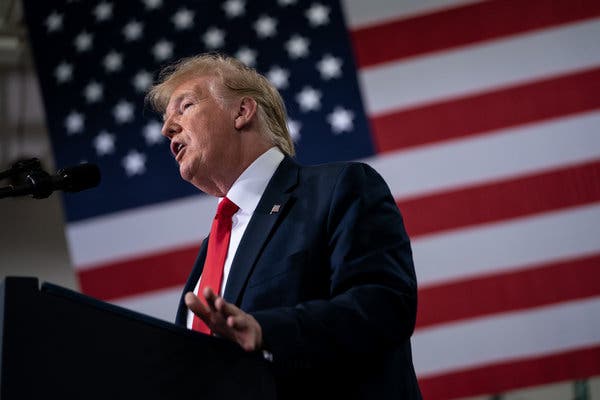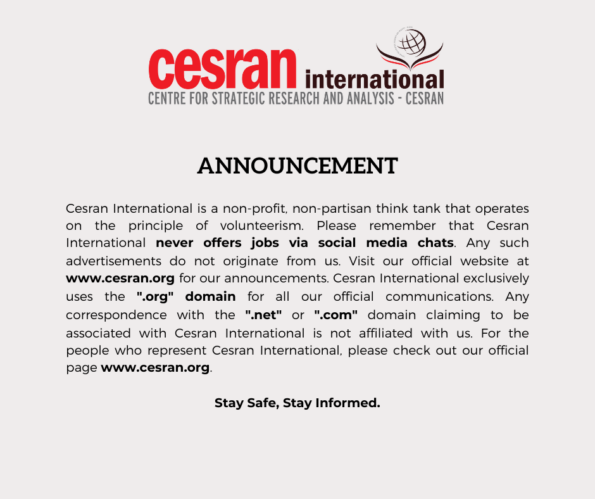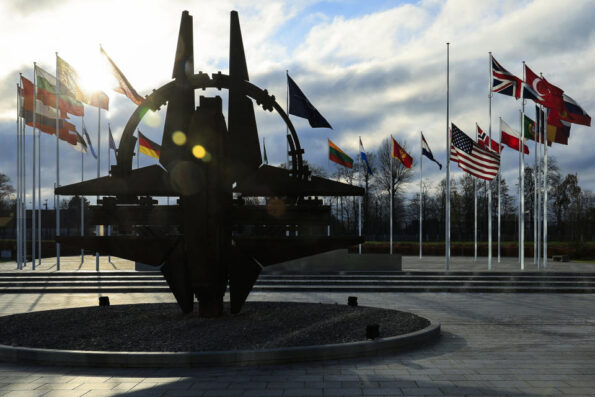
Bulent Gokay*
As the third anniversary of Russia’s invasion of Ukraine approaches, the military and diplomatic situation for Ukraine appears increasingly fragile. Moscow’s forces are making rapid territorial gains in the Donbas, encircling villages and towns. Although President Zelensky’s forces have conducted notable asymmetric attacks, the risk of Ukraine losing the war grows without significant new military aid from the United States.
Recent reports of a ceasefire in Gaza, forged through the collaborative efforts of diplomatic envoys from both Joe Biden’s and Donald Trump’s teams, have ignited a glimmer of hope for a comparable resolution in Ukraine. Nonetheless, ending Europe’s first significant land war in decades proves to be a far more intricate and daunting challenge.
During his 2024 presidential campaign, Donald Trump made bold assertions regarding his ability to resolve the ongoing conflict between Russia and Ukraine, claiming that he could bring an end to the war within a mere 24 hours. This statement raised eyebrows and was deemed unrealistic, even by some of his supporters, highlighting the complexity and depth of the geopolitical crisis in the region.
In his victory speech on November 6, Trump notably did not mention Ukraine but hinted that his upcoming term could significantly impact the war-torn nation, signalling a potential shift in his foreign policy. As time has progressed, the initial promise of a swift resolution described as “24 hours” has evolved into a longer timeframe, with Trump now proposing that a six-month window might be more attainable for ending the conflict.
In addition to Trump’s evolving timelines, he has put forth retired Army Lt. Gen. Keith Kellogg as his nominee for special envoy for Ukraine. Kellogg believes a deal to end the war could be reached within 100 days, contrasting with Trump’s views.
As Trump transitions to his office in the White House, Russian forces, currently controlling approximately 20 per cent of Ukraine, are advancing at their fastest rate since the early days of the conflict. According to the Washington-based Institute for the Study of War, Russia seized over 1,600 square miles of Ukrainian territory in 2024 while suffering around 427,000 casualties among its troops (roughly 40 per square mile). In 2024, Ukraine’s most notable accomplishment was the unforeseen invasion of Russia’s Kursk province during the summer. However, this achievement has not impeded Russia’s advancements within Ukraine; in fact, it may have unintentionally facilitated their efforts by stretching Ukraine’s defensive lines thin. Furthermore, bolstered by the presence of thousands of North Korean troops, Russian forces are methodically reclaiming territory in Kursk as well.
Ukrainian forces are facing serious challenges at the frontlines due to thin ranks, increasing desertions, and declining morale. Many soldiers are struggling with the prolonged conflict and harsh realities of combat, leading to growing dissatisfaction. Compounding these issues is the Ukrainian government’s hesitance to implement a draft that would enlist younger individuals into military service. As a result, the average age of active-duty personnel has soared to over 40 years old. This older demographic raises concerns about the sustainability and resilience of Ukraine’s military forces as they grapple with the physical and mental strains of warfare. Overall, these dynamics paint a challenging picture of the Ukrainian military’s effectiveness in the ongoing conflict.
Despite optimism about Donald Trump’s return to the White House, the new U.S. administration faces significant challenges in promoting a peaceful resolution to Russia’s invasion of Ukraine. The complex geopolitical landscape and entrenched positions on both sides present serious obstacles to achieving lasting peace.
In a recent piece for the Financial Times, Michael Ignatieff characterised Trump as a trickster who both intimidates and unsettles, keeping everyone in a state of uncertainty. To reach an agreement that Ukraine will accept, Russia will adhere to, and Ukraine’s Western allies will support, Trump must deftly navigate a complex balancing act among various competing interests. This challenge goes beyond simply applying pressure on Zelensky and providing some sanctions relief for Putin. Both parties will need to make difficult yet crucial compromises, which are likely to be challenging to negotiate. In his upcoming meeting with the Russian President, Trump will have to pull not just one but several rabbits out of his hat to turn his promise of ending the war in Ukraine into a tangible reality.
Bulent Gokay is Professor of International Relations at Keele University, UK. He is the author (and co-author) of many books on global politics and human security, including 11 September 2001: War, Terror and Judgement (with R.B.J. Walker, 2003), The New American Imperialism: Bush’s War on Terror and Blood for Oil (with Vassilis Fouskas, 2005), Soviet Eastern Policy and Turkey (2006) and Human Costs of War (with Lily Hamourtziadou, 2024).



